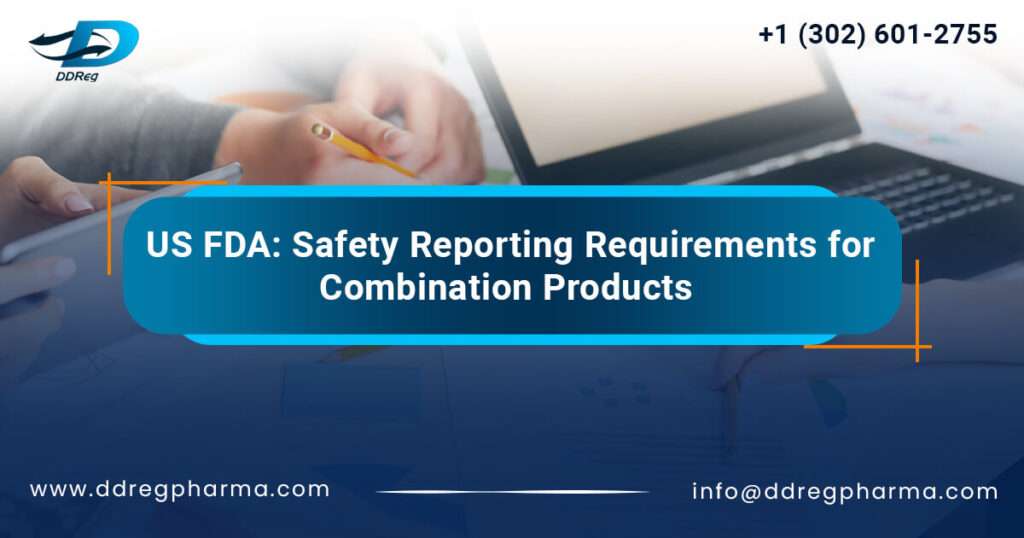In this new era, where different therapeutic realms converge, the emergence of combination products has revolutionized the healthcare landscape by providing more innovative treatment options to treat the unmet medical needs of patients. However, with great power comes great responsibility. Continuously monitoring these products and ensuring they are safe to use is paramount in order to mitigate patient harm. As a result, reporting adverse events (AEs) is highly valued. The role that regulatory agencies play in implementing regulations and guidelines to deliver compliance is crucial. For example, the US FDA’s guidance document on “Post-marketing Safety Reporting (PMSR) for Combination Products” provides clarification on the Combination Products PMSR Final Rule to ensure effective PMSR [1].
Both applicants of Combination Products and applicants of Constituent Parts must fulfil the safety reporting obligations relevant to the particular application type under which their product obtained marketing authorization services. The following regulations apply based on the application type [2]:
- NDAs/ANDAs: Combination Product and Constituent Part Applicants holding New Drug Applications (NDAs) or Abbreviated New Drug Applications (ANDAs) must comply with the safety reporting requirements described in 21 CFR Part 314.
- BLAs: Combination Product and Constituent Part Applicants with Biologics License Applications (BLAs) must oblige to the safety reporting requirements described in 21 CFR Parts 600 and 606.
- Device Applications: Combination Product and Constituent Part Applicants submitting Device Applications must adhere to the safety reporting requirements outlined in 21 CFR Parts 803 and 806.
3. Combination products containing a biological product as the constituent part:
– Biological product deviation reporting (BPDR) requirements.
Suppose a Combination Product Applicant markets the constituent parts of the product under separate applications. In that case, they must comply with each application type’s specific PMSR requirements. Reports should clearly explain the relationship of the event to the constituent part and the combination product as a whole.
[1] US FDA. Post-marketing Safety Reporting for Combination Products- Guidance for Industry and FDA Staff. 2019
[2] Code of Federal Regulations. Title 2 Chapter I, Subchapter A, Part 4, Subpart B- Postmarketing Safety Reporting for Combination Products. 2023

